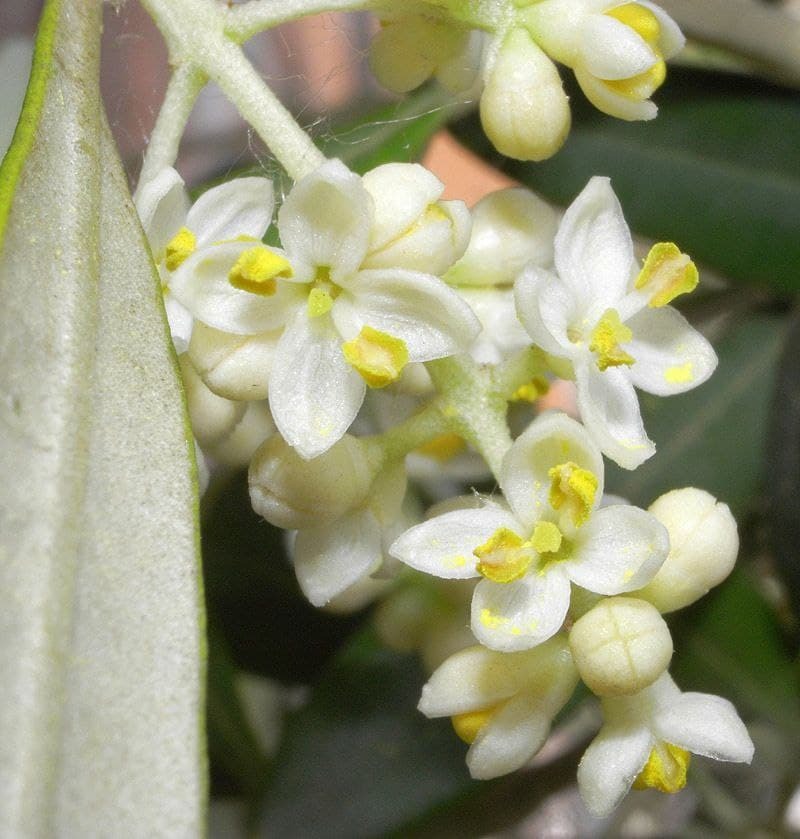

| Shadow tendency | Wholeness |
|---|---|
| Self-repression | Flexible minds |
| Extreme exhaustion (following illness or trauma) | Cope with the greatest stress in the fullness of strength and even with joy |
| The exhaustion may follow a long period of unbalanced diet, severe lack of sleep, devoted care to nursing a member of the family or years voluntary work on top of full-time work | Appear to others as having seemingly inexhaustible resources |
| ‘Last straw’ | Heed to early warning signs |
| Daily jobs become insurmountable obstacles | Able to adapt flexibly according to how much energy they need and have |
| A call to humility | Completely give themselves up to inner guidance |
| Challenge to deal with their vital energies | Acknowledge that energy will come from higher sources such as the Universe when needed |
| Poor physical function | Great assistance in debilitating physical conditions |
| Can be used in the recovery stage of alcoholism | Strengthening body and soul |
| No reserves of energy left | Vitality |
| Fatigue | Zest |
| Feels completely washed out/finished | Revival |
| Needs much sleep | Sometimes mood lighten when the remedy is taken |
| Tired mind | Great strength and vitality |
| Depression | Restores peace |
| Loss of interest in life | Time for relaxation and leisure |
| Unable to cope with problems in life | Gives interest in life itself |
| Lack of zest | Remedy for convalescence |
| Can’t enjoy work or things that used to give pleasure and interest | |
| Remedy helps people who are taking examinations or have a work that is involved with intricate or heavy mental work |
Illnesses and Causes
disturbed flow of energy – abnormal oxygen levels in the blood, reduced kidney function, a toxic intestinal flora
Origin and Specification of the Plant
Binomial Name: Olea europaea
Kingdom: Plantae
Family: Oleaceae
Genus: Olea
Species: O.europaea
Origin: Mediterranean region
Shade: Creamy white
Other names: Cultivated olive, Edible olive, European olive, Lady’s oil, Olive oil plant, Sweet oil plant
Elements/Chemicals contained by the plant: Oleocanthal, Oleic acid
Foliage: Evergreen
Height: 4-8m
Description: a rugged, much-branched habit and slow growth, eventually 4.5-9m. Leaves are narrowly obovate or oval, to 7.5cm long, leathery, silvery beneath. Very small white flowers are borne in axillary racemes to 5cm long. Flowering season: Summer
Qualities and preferences: Grow in deep, fertile, sharply-drained soil in full sun
Areas of Growth: Mountains
In traditional medicine, olive oil was used in plasters and ointments and to treat the lungs and bowels. It is a laxative, good for circulation and improves digestion. The leaves were used to disinfect wounds. Olive leaf teas were used to lower fever and poultices were amongst the oldest known treatments for infections of the skin, cuts and bruises.
Throughout history, the olive tree and its oil have held a special place in numerous cultures. It was a symbol of prosperity, glory, and peace, and its significance was not lost on influential individuals. Moses, for instance, considered olive cultivators so essential that he exempted them from military service. The branches of the tree were used in religious rituals as symbols of purification and blessings, and even found their way into the tomb of Tutankhamun. In ancient Greece, olive oil was referred to as "Liquid gold" by Homer and was used to anoint kings and athletes. In temples, it was used to fuel sacred lamps, and in the original Olympic Games, it was used to produce the "eternal flame." The victors of these games were crowned with olive leaves. To this day, olive oil remains a staple in many religious ceremonies, and the flag of the United Nations features a design that portrays the world surrounded by olive branches, symbolizing peace and harmony.
Specification of remedy
Group: Seven helpers
Emotional Group: Insufficient interest in present circumstances
Chronic condition: Exhaustion
Method of extraction: Sun
The Olive remedy was first prepared by the friends of Dr Bach in the year of 1934 in Italy. Olive is the Bach remedy for those suffering from exhaustion following mental or physical effort. The flower remedy Olive relates to the principle of regeneration, peace and restored balance.
Comparison between other flowers
Hornbeam:
The distinction between Olive and Hornbeam is that the Olive remedy is used for total exhaustion of body, mind and spirit. However, the Hornbeam remedy is utilised all but able to manage at all but it is found that one is managing after all.
.jpg)
The picture on the right-hand side shows a zoomed in aspect of the olive flower, while the image below shows a less closer view of the olive flower.
.jpg)
.jpg)
The image on the right shows many olive flowers living together peacefully, in harmony with nature. The picture on the left-side shows a medieval illustration that may have been used to analyse the medicinal purposes of the various parts of the olive tree including its flower.